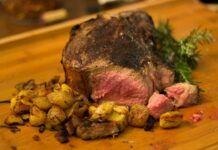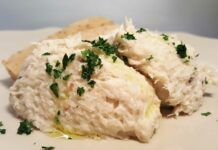Once upon a time there was a rose-coloured wine, which had to live out its existence in the shade, being considered the product of a “lesser Bacchus”, as it was neither white nor red.
All the noblest wine experts snubbed it because they did not want to devote their attention to a product with an image of poor quality. Then the miracle happened; this “Cinderella” wine put on its best suit, with its many shades of pink, winning over the Prince. From that moment everything changed: rosé wine has come out of the shadows and has had a makeover, becoming a protagonist of world oenology. The boom in rosé wine began in Provence (France) and its crowning achievement was a recent record at auction with the sale of a “Muse Miraval” magnum bottle, produced by the Chateau of the same name owned by Angelina Jolie and Brad Pitt, for €2,600. Hats off! Rosé is becoming a phenomenon in Italy too because it fits in perfectly with the Italian lifestyle: perfect for an aperitif with the sunset in your eyes, a romantic appointment where the colour pink is a good sign, a summer evening with friends… in short, an expression of vitality and the modern “dolce vita”, with its colours, aromas and flavours.
It’s enough to investigate the organoleptic profile of rosé to understand how it is that “good cheer, a carefree mood and the attraction of the summer season” combine ideally with our wine. The colour immediately captivates us, as soon as it is poured into the glass, with its countless colour shades: from soft pink to claret, from cherry-red to coral, even reaching an intense pink. The nose, then, expresses a bouquet that often gives off floral and fruity notes, at times mineral, balsamic and spicy, while the taste is fresh and balanced, slightly tannic and with an acidity similar to that of white wines.
With these characteristics, rosé provides a perfect combination with many dishes from the Italian tradition, such as antipasti of fish, risottos and first courses, vegetarian dishes, white meats and fish main courses, but also savoury pies and pizza (without forgetting, however, that the perfect marriage must always be evaluated based on the ingredients of the dish concerned). But how is a still rosé wine produced? First and foremost, it is the product of the winegrower who has created it, the indissoluble reflection of vine variety, territory and choices in the wine cellar.
Rosé is produced with red-berried grapes and is obtained with maceration of the must with the skins for a variable period of time, which is what defines its more or less intense colour. It is not the result of a blending of red and white wine, a technique that is forbidden by law with the exception of sparkling rosé wines. Its alcohol content is often modest (between 12 and 13.5% alc.), its serving temperature is 10-14°C, and it should be consumed when young: wine experts recommend uncorking the bottle within 4 years of harvesting.











